Tire size can be confusing. Some numbers on the sidewall are listed in millimeters while others are inches. Plus, the right size for your car, truck, or trailer can differ depending on where and how you drive.
You can see your original equipment tire size in your owner’s manual or on the placard generally located on the driver’s side door jam. This is the sizing recommended by the vehicle manufacturer.
If you’re interested in switching out your tires for a different look or performance, a good place to start is the numbers and other indicators on your existing tires’ sidewall. Next, have a tire professional help you determine a tire size range that will fit your vehicle and driving needs.
Here’s what those numbers and indicators on the sidewall indicate and how to understand them:
A: TIRE TYPE The first letter in the code tells you what class of tire it is.
P stands for passenger vehicle tire. P-class tires include cars, SUVs, crossovers, minivans and smaller pickup trucks.
LT means light truck tire, designed for vehicles that are capable of carrying heavy loads, towing trailers, or for those looking for an extra heavy duty option. These are often equipped on three-quarter or 1 ton trucks and SUVs.
ST stands for Special Trailer. These tire sizes are meant for trailers, including fifth wheels and other travel trailers, as well as boat and utility trailers.
If there’s no letter before the first number, you have a metric tire most commonly referred to as European size. It’s also measured in millimeters but may have a different load capacity than a P or LT tire.
B: TIRE WIDTH The three-digit number following the letter is the tire’s width (from side to side, looking at the tire head on) in millimeters. This may also be referred to as the section width.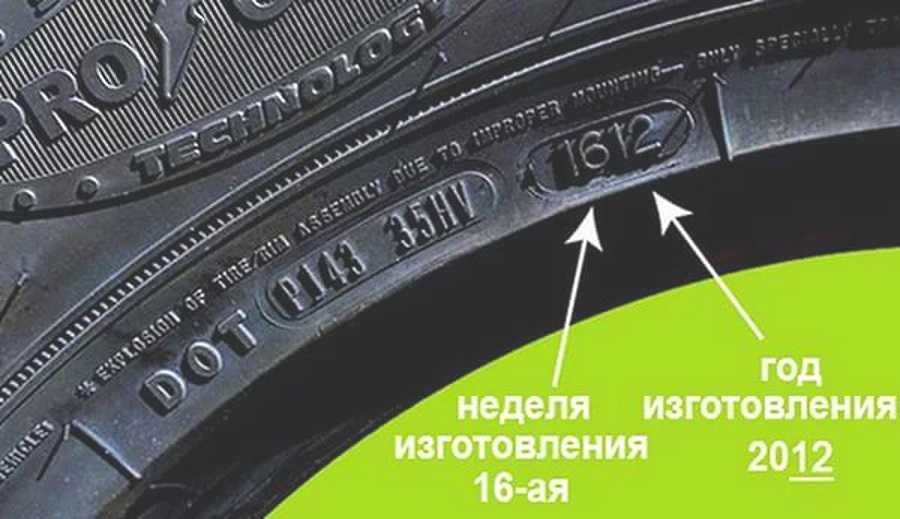
C: ASPECT RATIO The forward slash separates the tire width number from the two-digit aspect ratio. The bigger the aspect ratio, the higher/taller the tire’s sidewall, or “profile” as it’s sometimes called.
The aspect ratio is indicated on the tire sidewall as a percentage. It’s the height of the sidewall measured from wheel rim to top of the tread, expressed as a percentage of tire width.
In this example, the aspect ratio is 65, meaning the sidewall is 65 percent as high as the tire is wide. To get the sidewall height, take the tire width of 215 mm and convert it to inches (8.46). Then multiply this by 65% (.65). This gives you an answer of 5.5, the sidewall height in inches.
D: CONSTRUCTION TYPE This single letter tells you about the internal construction of the tire.
R is for radial tires, the industry standard for most tires today. They have better road grip, lower rolling resistance for better gas mileage, ride comfort and durability than previous generations of tires.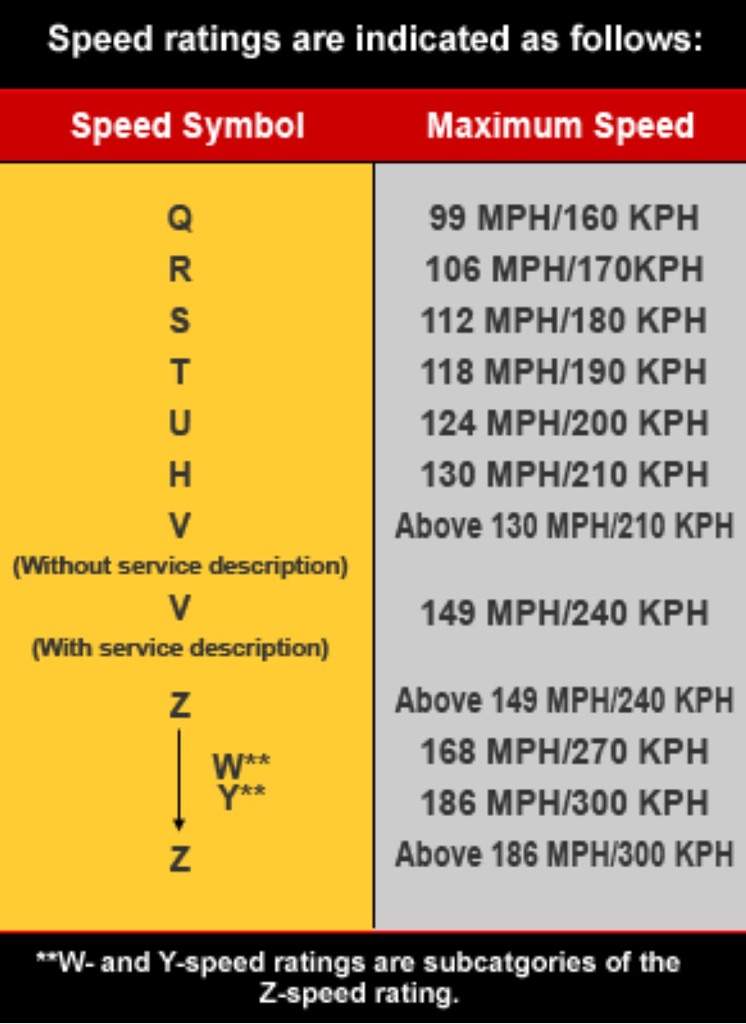 In a radial tire, the plies — layers of strong cords made of a blend of polyester, steel and fabric and coated with rubber — are laid perpendicular to the direction of travel.
In a radial tire, the plies — layers of strong cords made of a blend of polyester, steel and fabric and coated with rubber — are laid perpendicular to the direction of travel.
D is for tires built with diagonal (crisscrossed) plies, called bias-constructed tires. They are also called conventional, x-ply, or cross-ply tires. Some motorcycle and trailer tires still use this internal construction.
Some run-flat tires are identified with an F followed by the type of internal construction.
E: WHEEL DIAMETER This two-digit number specifies wheel diameter in inches. It’s the distance between the two bead seat areas (where a tire gets tightly sealed onto the wheel).
F: LOAD INDEX The two-digit or three-digit number that follows the gap specifies tire load index. The load index symbol indicates how much weight a tire can support, based on the following standard chart. In our example, the load index is 89, which indicates the tire has a load capacity of 1,279 pounds, when inflated to the tire’s maximum air pressure rating.
G: SPEED RATING The last letter is the tire speed rating. This indicates the top speed it’s safe to travel at for a sustained amount of time. A tire with a higher speed rating can handle heat better and provide more control at faster speeds. The maximum operating speed of a vehicle is no more than the lowest speed rating of all tires mounted on the vehicle. (Of course, you should always abide by speed limits for safer driving.) Speed rating is usually, but not always, a single letter (see the chart).
Below you will find several charts that will help you understand tire sizing numbers, including a load index chart and speed rating chart.
A tire size calculator is a quick way to see whether the tire size you’re considering will likely fit your car, SUV, sports car, light truck or crossover.
But remember that is only an estimate. It’s important to stay within the sizing tolerances of your vehicle. Tires that are the wrong size could cause some pull in the steering wheel, rub against the suspension or body of your vehicle, reduce clearance on hills, or result in a stiffer or noisier ride.
Tires that are the wrong size could cause some pull in the steering wheel, rub against the suspension or body of your vehicle, reduce clearance on hills, or result in a stiffer or noisier ride.
If you’re considering mounting a different tire size on your vehicle, check with a tire expert. Find out whether the tires and wheels you have your eye on are the right fit for your vehicle’s suspension, gearing, and bodywork. And ask how any differences in revolutions per mile, tire speed, load index, and speed rating will affect your ride quality and vehicle performance.
See how new tires and rims will look on your car or truck using our Virtual Wheels simulator, available at any Les Schwab.
Find Your Store
The three digits following the service type prefix (if present) tell us the cross-sectional width of the tire in millimeters.
In the example above, the tires width, measured from the widest point of the inner sidewall to the widest point of the outer sidewall when properly mounted, is 225 millimeters. The section width can be converted to inches by dividing the width in millimeters by 25.4 like so: (225 millimeters) / (25.4 mm/in) = 8.86 inches.
The two-digit number that usually follows the tire's section width tells us the aspect ratio, or tire profile measurement.
In this example, the 45 indicates that the sidewall distance, from the wheel rim to the outside of the tread, is 45% of the section width. A lower aspect ratio means a lower-profile tire with a shorter sidewall, while a tire with a higher aspect ratio will have a taller sidewall and look more like a donut. Because we know that the tire size shown in this example has a section width of 8.86 inches and the aspect ratio is 45%, the sidewall height for this tire is 3.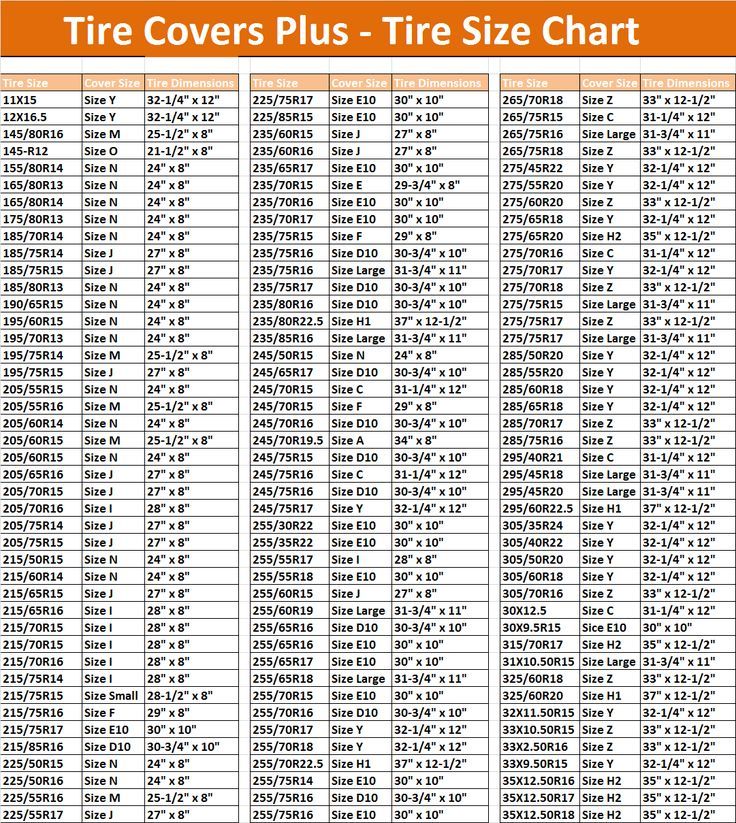 98 inches: (8.86 inches) x (.45) = 3.98 inches.
98 inches: (8.86 inches) x (.45) = 3.98 inches.
Again using our example tire size from above, the 17 means that the tire should be matched to a 17-inch diameter wheel.
Tires usually come in the following widths (in inches): 8, 10, 12, 13, 14, 15, 17, 18, 19, 20, 22, 23, 24, 26, and 28. Tires in these sizes are typically found on most passenger cars, light-duty light trucks, SUVs, minivans, and vans. Tires with a rim diameter measured in inches are called "inch rim" sizes.
In addition to the inch rim sizes, there are also some unique tire sizes out there. Although not as common, tires are made in half-inch diameters for some heavy-duty light trucks, box vans, and heavy-duty trailers. These sizes are usually 14.5, 15.5, 16.5, 17.5, and 19.5 inches, and an example would be 33x12.5R16.5 118R.
Tires and wheels with unique rim diameters should never be combined with traditional inch rim tires and wheels. Before mounting tires on wheels, the tire and wheel diameters should always be confirmed to match.
Before mounting tires on wheels, the tire and wheel diameters should always be confirmed to match.
When a letter (R, D, or B) follows the two-digit aspect ratio, it tells us the tire's construction. In this example, the R means that the tire has radial construction. Over 98% of all tires sold today are radial tires, where the internal body plies of the tire radiate outward from the center. If there's a D instead of an R, the tire has a bias ply construction, meaning that the internal body plies of the tire crisscross on a diagonal pattern. In belted tires (marked as B), the internal plies crisscross like in a D construction, but there's also an extra layer of reinforcing belts under the tread area. Belted tires are rarely seen these days.
Today, the only speed rating still included in the tire size is the Z rating (sports cars). Since 1991, all other speed ratings are included in the service description, as shown below.
Since 1991, all other speed ratings are included in the service description, as shown below.
Since 1991, the service description rating is mandatory for all speed ratings (except Z-rated tires) and appears at the end of the tire's size brand. The service description is used to identify the tire's load index (91 in the example above) and speed rating (V in the example).
For more on load indexes and speed ratings, read Breaking the tire code: Understanding tire service description, load index, and speed rating
SHOP FOR TIRES
Nitrogen vs. air: Which is best?
It’s been a hot debate amongst tire nerds for years. We investigated and have the answer (sort of).
Original Equipment tires vs. replacement tires
Is it best to stick with your car's Original Equipment tires, or try something different? We’ll help you decide.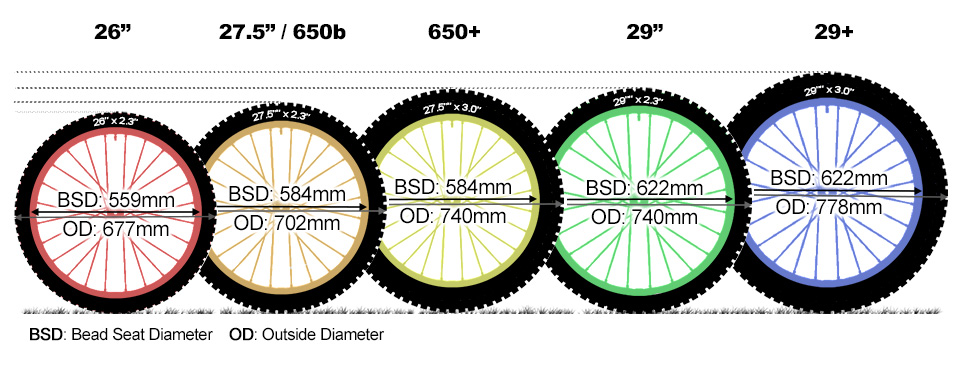
Your vehicle's trim/style
This is a pretty important bit of info when you’re buying tires. We’ll tell you how to find your trim level.
From July 1, mandatory labeling of shoes, tobacco and medicines is introduced in Russia. So, if you come across shoes or a pack of cigarettes in a store without a special code on the package, this is a signal that the product is most likely counterfeit. With drugs, not everything is so strict yet: if the drug was produced before July 1, then it can be sold without labeling until the expiration date.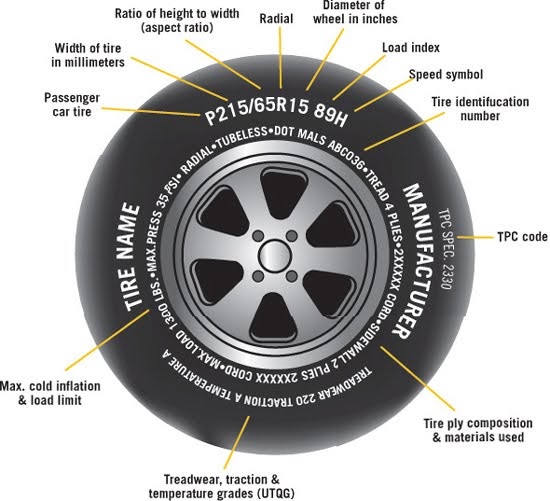 nine0005
nine0005
The labeling of perfumes, cameras, tires, water, dairy products and other groups of goods is also being tested in pilot mode - for them the ban on sale without a Data Matrix code will come later.
Read also
"Poor-quality" milk, cottage cheese and butter. How not to fall for the tricks of manufacturers
Why is it needed, of course - to stop the flow of counterfeit goods. Labeling allows you to track the path of the goods from release or import into the country to sale to the consumer. Data Matrix codes are generated and issued by the system operator, approved by the government, the Center for the Development of Advanced Technologies (CRPT), and the movement of goods is recorded by the Chestny Znak system, to which the application of the same name is attached. All identifiers are unique and cannot be repeated. nine0005
Evgeniy Matveev, head of the Chestny Znak mobile application, explained that it works like this: the manufacturer sends the description of the product and its details to the database. The system, by order of the company, issues the required number of unique codes and sends them via secure communication channels. Then the manufacturer puts them on the goods and registers them in the database. After that, all movements of the thing are tracked and recorded.
The system, by order of the company, issues the required number of unique codes and sends them via secure communication channels. Then the manufacturer puts them on the goods and registers them in the database. After that, all movements of the thing are tracked and recorded.
But all the average consumer needs here is to be sure that he is buying a quality product. So how much of all this information can he directly learn? nine0005
The application has three main options - check the Data Matrix code, barcode and other signs on the package. Let's analyze each of them in order.
This is a kind of digital passport that a thing receives at the factory. It encrypts all data about it: country of origin, expiration date, materials, etc. And in order to understand whether the product in front of you is genuine or not, you need to scan this code.
I remember a couple of boxes of shoes that have been waiting in the wings since pre-pandemic times.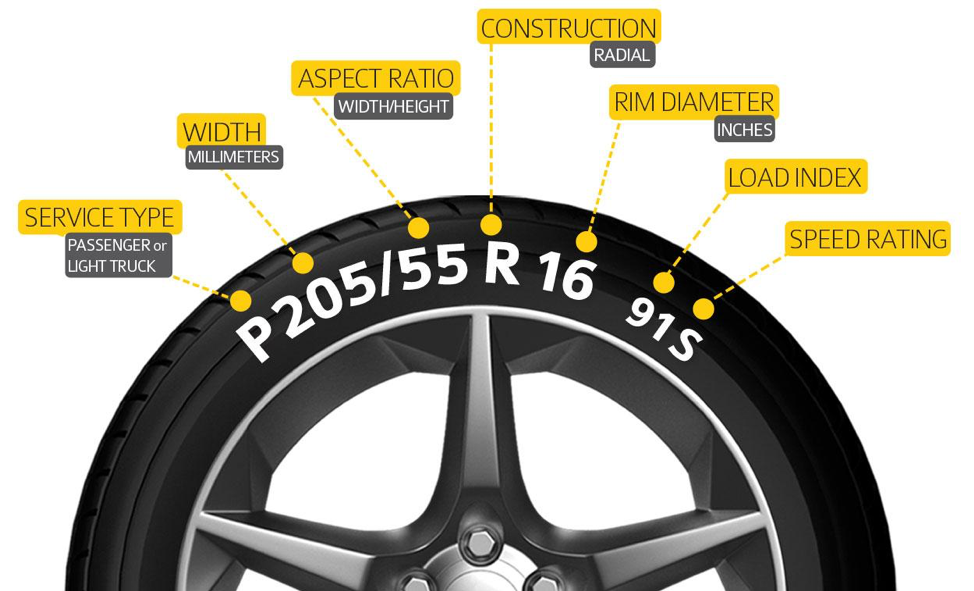 They really show the right code, although at the time of purchase, the marking of shoes was still in the experimental stage. And what does the application show as a result? nine0005
They really show the right code, although at the time of purchase, the marking of shoes was still in the experimental stage. And what does the application show as a result? nine0005
© Sergey Savostyanov/TASS
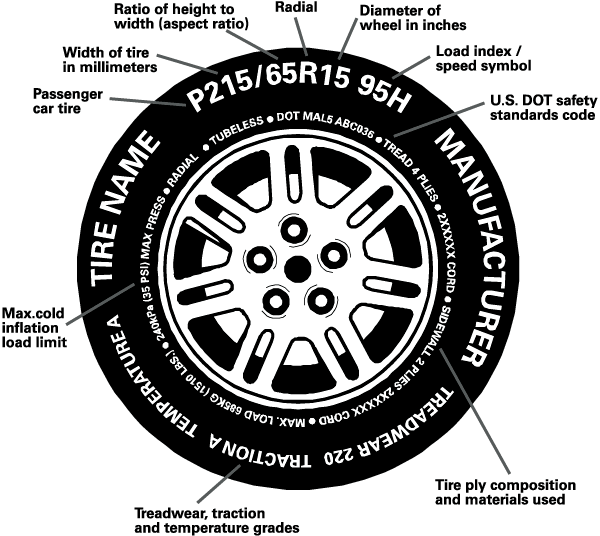 Although there is a possibility of a time lag - the goods reached the buyer faster than the system recorded the changes. “We are now working on making this moment more convenient for the consumer,” said Evgeny Matveev. “But for now, these statuses are more technical.” But if "the code is not found in the system", then most likely the product is sold in violation and you can use another important function of the application - send a complaint. nine0034
Although there is a possibility of a time lag - the goods reached the buyer faster than the system recorded the changes. “We are now working on making this moment more convenient for the consumer,” said Evgeny Matveev. “But for now, these statuses are more technical.” But if "the code is not found in the system", then most likely the product is sold in violation and you can use another important function of the application - send a complaint. nine0034 I also see:
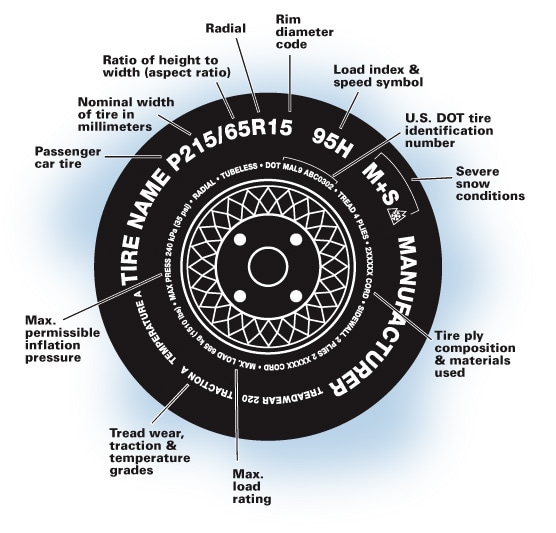 e. thermoplastic rubber outsole.
e. thermoplastic rubber outsole. By the way, it is worth remembering that Data Matrix is applied specifically to the packaging, and not to the product itself, so in the case of shoes in some stores, you will have to ask the consultant to bring the box to check the code before buying. But it is convenient when all the shoes in the windows are already on display in them. nine0005
It allows you to get information about the product, which is in the National Product Catalog. That is, it can be any product, not just those that are subject to mandatory labeling. It depends on how detailed the manufacturer filled out the product card, how much data you learn.
© Sergey Savostyanov/TASS
I decide to check the hairspray. And the application gives out a lot of data: about storage conditions, packaging material, brand and country of origin, composition, volume and dimensions of the package, as well as the full name of the product. There was even a photo of him. nine0005
And the application gives out a lot of data: about storage conditions, packaging material, brand and country of origin, composition, volume and dimensions of the package, as well as the full name of the product. There was even a photo of him. nine0005
However, not all checks here were as informative. For example, in the antibacterial gel card, there was nothing more than the name of the product and the manufacturer. The problem is that now in the catalog not all goods are described in detail, explained in the CRPT. But they expect to attract more manufacturers soon by explaining to them the competitive advantage of a well-filled product description.
And yet, it is important to understand that this item is not about the authenticity of a particular thing, it is only intended to give even more information about the category of this product as a whole. nine0005
Read also
Experiment. Is it easy to take your personal data from the bank? And how are they stored?
It helps you understand the symbols on the packaging or tags to understand how to dispose of the product or care for it. We carry out such a check all on the same hairspray - it turned out that there are a lot of additional signs on cosmetics and household chemicals. Tip - you need to photograph the container so that the signs remain at the top of the screen. Then pop-up explanations won't close them. I take a photo, and a list of decodings of all designations appears on the screen. nine0005
We carry out such a check all on the same hairspray - it turned out that there are a lot of additional signs on cosmetics and household chemicals. Tip - you need to photograph the container so that the signs remain at the top of the screen. Then pop-up explanations won't close them. I take a photo, and a list of decodings of all designations appears on the screen. nine0005
In this case, each sign is highlighted with a colored frame, and opposite the description there is a circle of the corresponding color, so as not to get confused. nine0005
According to representatives of the CRPT, the system can now recognize about 40-50 of the most common characters, but over time there should be more. In addition, the developers talked about the idea to expand the functionality so that, for example, when hovering over the recycling icon, you can go to a map with collection points for recycling.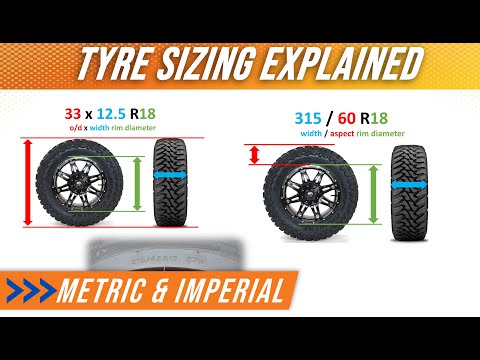
In addition, the application can also scan a QR code from a receipt: in this case, it will simply duplicate the data from it, such as type, purchase amount, store, cashier's name, etc. nine0005
If a customer needs confirmation from the system that the purchased product is genuine, then it requires information about violations from the system. If the code is not found or the product does not match the description in the application, you can send a complaint by clicking the appropriate button. At the moment, claims are being accumulated in the Chestny Znak system, but when work with government departments is fully established, they will go to them for processing. Moreover, while the project remained a pilot, the violations were not actually violations. nine0005
© Sergey Savostyanov/TASS
By the way, if you like process gamification and don't mind taking part in promotions, the application offers you to complete a task - after buying a marked product, you need to scan the QR code on the receipt first, and then Scan the Data Matrix. The user gets the opportunity to win money, and the operator forms an array of data on the operation of the system. As of June 11, users have already checked more than 6 million products using the application.
The user gets the opportunity to win money, and the operator forms an array of data on the operation of the system. As of June 11, users have already checked more than 6 million products using the application.
Whether the buyer will receive feedback on his application is questionable. Of course, I would like to. But it depends on how it will be possible to build interaction with the same government agencies. After all, it is they who conduct the check on complaints. nine0005
Read also
Healthy eating. How Rospotrebnadzor plans to fight counterfeit food
Alas, there is no list of specific brands or retailers where you can accurately find labeled products. But stores that have connected to the system can place the “Honest Sign” sticker on their windows as a kind of quality mark, but this is entirely voluntary for them. Evgeny Matveev shared that they are working on the idea of how to make such a map. Of course, it would be more convenient to go to the store knowing in advance that you can buy exactly genuine goods there. But while everything rests on legal restrictions - the initiative should not discriminate against any of the market participants. nine0005
But while everything rests on legal restrictions - the initiative should not discriminate against any of the market participants. nine0005
So let's wait and see what other features the "Honest Sign" application can offer users. Realnoe Vremya
Industry
07:00, 06/20/2019
Market participants are constrained by the choice of identification technologies, the issue price reaches tens of millions of dollars
Today Russia starts a pilot experiment on labeling tires and tyres. The initiative came from the manufacturers themselves, assures the project operator, TsPRT. The goal of the project is to track the movement of goods and prevent the circulation of counterfeit goods. In the spring, market leaders announced their intention to participate in the experiment, but on the eve of the launch, some companies were forced to take a break. Realnoe Vremya investigated the reasons.
The pilot project for labeling tires and tires in Russia is being implemented from June 20 to November 30 - the dates were determined by the Russian government.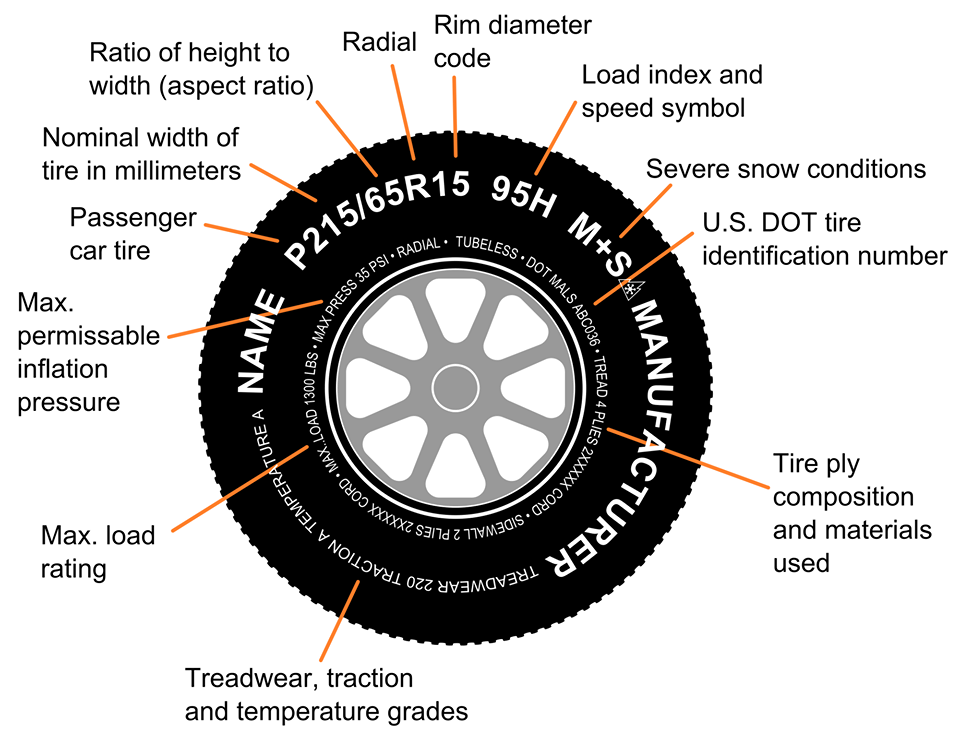 The pilot operator will be the Advanced Technologies Development Center (CRPT).
The pilot operator will be the Advanced Technologies Development Center (CRPT).
Tire marking itself is introduced in order to counter the circulation of counterfeit products in the country. The experiment is designed to prepare industry participants for the transition to a mandatory tire labeling regime, which starts on December 1 this year. The list of goods subject to this procedure was approved by the Russian government back in March. Among the first group of 10 categories there are car tires. nine0005
The Ministry of Industry and Trade, which became the coordinator of the product labeling system, explained that each tire will receive its own code. All information will be stored in a single data system. To protect the codes, domestic cryptographic technologies will be used. The Ministry of Finance is responsible for the legal regulation of relations, and the work of the operator is controlled by the Ministry of Communications of the Russian Federation.
This spring, several leading Russian tire manufacturers announced their intention to participate in an experiment to label their products. A number of enterprises planned to hold events at their production sites to test all available marking technologies and use various alternative means of identification: labels with a two-dimensional barcode, engraving, RFID tags. Pilot pioneers hoped that their experience would be useful to other industry participants in an effective transition to mandatory labeling. During the pilot project, it was planned to find the optimal solution for tire marking, which would not increase the cost of production. The CPRT also added that they had conducted laboratory tests of all promising labeling methods: labeling using the DataMatrix code, the use of an RFID chip, and direct application. nine0005 Each tire will get its own code. All information will be stored in a single data system. To protect the codes, domestic cryptographic technologies will be used. Photo by Maxim Platonov
A number of enterprises planned to hold events at their production sites to test all available marking technologies and use various alternative means of identification: labels with a two-dimensional barcode, engraving, RFID tags. Pilot pioneers hoped that their experience would be useful to other industry participants in an effective transition to mandatory labeling. During the pilot project, it was planned to find the optimal solution for tire marking, which would not increase the cost of production. The CPRT also added that they had conducted laboratory tests of all promising labeling methods: labeling using the DataMatrix code, the use of an RFID chip, and direct application. nine0005 Each tire will get its own code. All information will be stored in a single data system. To protect the codes, domestic cryptographic technologies will be used. Photo by Maxim Platonov
However, on the launch day of the pilot tire labeling project in Russia (June 20), several tire manufacturers announced that they would not participate in the pilot yet for a number of reasons. The main one boiled down to the fact that tire manufacturers want to wait for the development of a detailed program for the experiment: both in terms of choosing a marking technology and algorithm of actions, and in terms of costs. It is not yet clear at whose expense and what technical tasks should be solved in the process. Until we receive an exhaustive answer, we are forced to take a break, a source in one of the manufacturing companies explained to Realnoe Vremya. nine0005
The main one boiled down to the fact that tire manufacturers want to wait for the development of a detailed program for the experiment: both in terms of choosing a marking technology and algorithm of actions, and in terms of costs. It is not yet clear at whose expense and what technical tasks should be solved in the process. Until we receive an exhaustive answer, we are forced to take a break, a source in one of the manufacturing companies explained to Realnoe Vremya. nine0005
The voiced questions were also raised at a recent meeting in the Ministry of Industry and Trade of Russia. Two alternative tire marking technologies were discussed: labeling using the DataMatrix code and the use of an RFID chip (radio frequency tags). The second option involves different ways of using RFID tags - they can be either attached to the bus or embedded in the product structure itself. However, the cost of this technology will add up to a tidy sum for factories compared to using label technology. One RFID tag costs about a dollar.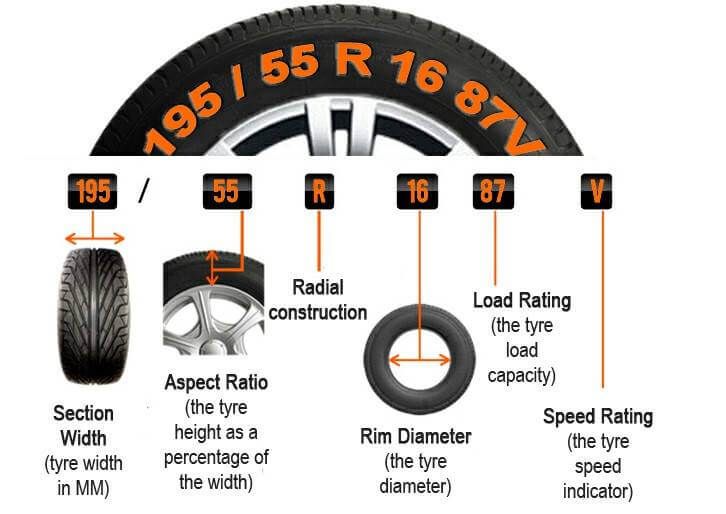 If we add to it the number of tires produced, and the market leaders have annual production volumes exceeding 10 million pieces per year, it will come out at least $10 million. product. Thus, the cost of labeling products using an RFID chip can reach tens of millions of dollars. The second way is to use labels on tires, which is less expensive and will undoubtedly come out cheaper. So the concern of tire business representatives with the choice of marking technology is quite understandable. nine0005
If we add to it the number of tires produced, and the market leaders have annual production volumes exceeding 10 million pieces per year, it will come out at least $10 million. product. Thus, the cost of labeling products using an RFID chip can reach tens of millions of dollars. The second way is to use labels on tires, which is less expensive and will undoubtedly come out cheaper. So the concern of tire business representatives with the choice of marking technology is quite understandable. nine0005
The question of supply volumes to automakers remains unanswered, because branded tires are essentially a new product on the market. The prospect of further cooperation between the tire manufacturers and the program operator will depend on the development of the experiment program.
The pilot operator is not the TsPRT itself, but its subsidiary “TsRPT Operator”, created to implement the unified national system “Chestny ZNAK”.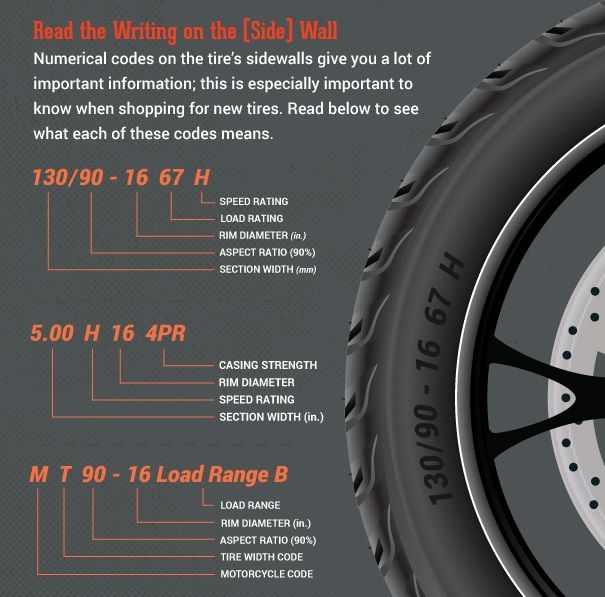 Even before the launch of the experiment, a working group was formed on the basis of the center from among manufacturers, importers, wholesale and retail distributors, as indicated on the website, "to develop promising and applicable methods for marking tire products - laser engraving, labeling, RFID tags." There are more than 50 participants in the group who prepare production surveys. It is also reported that CRPT is working with integrators and equipment manufacturers "with experience in working with industry solutions, including it." nine0005
Even before the launch of the experiment, a working group was formed on the basis of the center from among manufacturers, importers, wholesale and retail distributors, as indicated on the website, "to develop promising and applicable methods for marking tire products - laser engraving, labeling, RFID tags." There are more than 50 participants in the group who prepare production surveys. It is also reported that CRPT is working with integrators and equipment manufacturers "with experience in working with industry solutions, including it." nine0005
The absence of an algorithm of actions or an experiment program was called “logical” by the CPRT, since the “pilot” has not yet begun. But they assured that the working group will deal with this issue:
- The pilot marking project will begin on June 20th. On the Chestny ZNAK website in the section dedicated to tire marking, an application form for joining the "pilot" will be posted. During the experiment, together with the participants, we will work out all the basic questions, including the labeling method.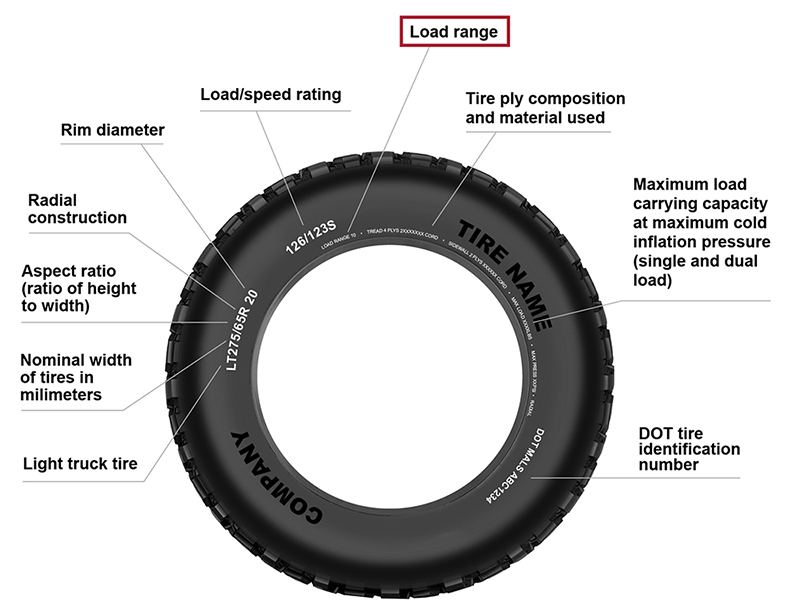 CRPT conducted a number of tests both on RFID technology and on other application methods, each of them has its pros and cons. The final decision in favor of applicable technologies will be made during the experiment, Realnoe Vremya was told in the press service of the CPRT. nine0005 “On the Chestny ZNAK website, in the section dedicated to tire marking, an application form for joining the “pilot” will be posted. During the experiment, together with the participants, we will work out all the basic issues, including the labeling method, ”the CRPT promised. Photo honestyzn.rf
CRPT conducted a number of tests both on RFID technology and on other application methods, each of them has its pros and cons. The final decision in favor of applicable technologies will be made during the experiment, Realnoe Vremya was told in the press service of the CPRT. nine0005 “On the Chestny ZNAK website, in the section dedicated to tire marking, an application form for joining the “pilot” will be posted. During the experiment, together with the participants, we will work out all the basic issues, including the labeling method, ”the CRPT promised. Photo honestyzn.rf
The center also added that even before the launch of the pilot, they analyzed the technical platforms of market participants in order to use equipment and solutions that manufacturers and importers already use to reduce costs as part of the pilot project. Most companies already use labels, they will only need to change the layout and set up their own accounting systems to receive and include labeling codes in the labels, the CPRT explained.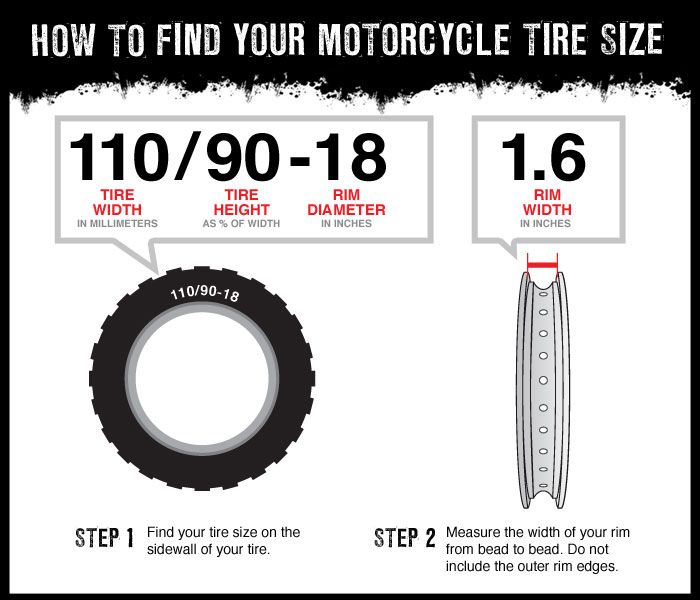 nine0005
nine0005
The release additionally states that the pilot project will help track the movement of goods without causing an increase in the cost of the final product and reducing the share of illegal products on the market. The experiment is designed to help the industry effectively transition to mandatory labeling, which starts on December 1, 2019. The TsPRT added that the tire labeling initiative initially came from the tire manufacturers themselves, who were concerned about the “increase in the level of illicit trafficking” and expressed their willingness to participate in the experiment, in particular the Cordiant company. However, as Realnoe Vremya found out, Cordiant JSC has not yet confirmed their participation in the pilot:
— Participation in the experiment is confidential. At the moment, we cannot provide comments, — the company informed Realnoe Vremya.
The founders of the Center for Advanced Technologies, through a subsidiary of the YuESEM holding company, are connected with billionaire Alisher Usmanov. The company was registered in Moscow in 2017, the main activity is the development of computer software. The website states that the center was created to implement global projects in the digital economy, and forms the necessary expert and technological infrastructure. In particular, on the basis of a public-private partnership, it creates the Unified National System for Digital Marking and Tracking of Goods - "Chestny ZNAK", as well as a national catalog of goods. Engaged in the development of a digital platform for the unhindered movement of goods across the borders of the countries of the Eurasian Union. In November 2018, the drug labeling system was transferred to the CRPT, from March 1, 2019d. — labeling of tobacco products, from June 1 — information system for labeling fur products. The deadline for introducing the labeling of shoes and medicines under the high-cost nosology program is July 1, 2019, for other groups of goods - December 1, 2019, for all medicines - January 1, 2020.
The company was registered in Moscow in 2017, the main activity is the development of computer software. The website states that the center was created to implement global projects in the digital economy, and forms the necessary expert and technological infrastructure. In particular, on the basis of a public-private partnership, it creates the Unified National System for Digital Marking and Tracking of Goods - "Chestny ZNAK", as well as a national catalog of goods. Engaged in the development of a digital platform for the unhindered movement of goods across the borders of the countries of the Eurasian Union. In November 2018, the drug labeling system was transferred to the CRPT, from March 1, 2019d. — labeling of tobacco products, from June 1 — information system for labeling fur products. The deadline for introducing the labeling of shoes and medicines under the high-cost nosology program is July 1, 2019, for other groups of goods - December 1, 2019, for all medicines - January 1, 2020. The list of the first 10 product groups that are subject to mandatory labeling this year was approved on March 1 this year by order of the Russian government.
The list of the first 10 product groups that are subject to mandatory labeling this year was approved on March 1 this year by order of the Russian government.
By the way, for the first time the experiment of electronic labeling of products with RFID tags (Radio Frequency IDentification) was carried out in the spring of 2016 on fur products. In August, the practice was extended to the territories of the EurAsEC countries. Later, RFID tags were used for medical products. The chips not only stored information, but also transmitted it by a non-contact method. The presence of labels confirms that all tax and customs payments have been paid in full on the goods. nine0005 For the first time, an experiment of electronic labeling of products with RFID tags (Radio Frequency IDentification) was carried out in the spring of 2016 on fur products. Photo price-etiketka.ru
RFID technologies are actively used by foreign companies to mark tires. With their help, well-known world manufacturers plan to create effective monitoring systems that will help not only achieve savings in operation, but also improve safety in transport, including passenger transport.